Tagged: 5 minute reads, Bhagavad Gita, Caste System, Discrimination, Hindu Gods, Hindu Scriptures, Hinduism, Karma, Materialism, Misconceptions, Moksha., Polytheism, Sanatan Dharma, Shakti, Women in Hinduism
- This topic has 2 replies, 3 voices, and was last updated by .
-
AuthorPosts
-
February 26, 2023 at 6:11 pm #561Up::33
The Sanatan Dharma has always been interpreted through different angles by the west and addressed in an uncertain way . It is often misunderstood in different countries due to lack of understanding and improper depiction of traditional rituals. The various six misconceptions are mentioned below.
1.There are 330 million Hindu gods
Sanatan dharma believes there is one supreme God that cannot be fully known or understood. The concept of 330 million hindu gods was wrongly translated by the western translators . The Vedas refer to not 33 crore Devatas (God) but 33 types (Koti in Sanskrit) of Devatas i.e tetis koti devi devta. They are explained in Shatpath Brahman and many other scriptures very clearly.Bhakts are encouraged to relate to God in the way that suits them best, like worshipping many deities who are believed to be manifestations of God. The trimurti or three main deities are Brahma, the creator; Vishnu, the preserver; and Shiva, the destroyer. That’s why Hinduism is often thought of as polytheistic. Well, it is not.
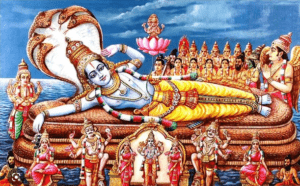
2. Women are subservient
The west often believes that sanatan dharma portrays women as a submissive gender.In fact, one attribute that differentiates Sanatan from say, Christianity or Islam, is that it recognizes forms of God as feminine. According to Hindu scriptures, Shakti is the personification of God’s energy through a female figure. The little girls are considered as a form of goddess and worshipped in hindu culture.
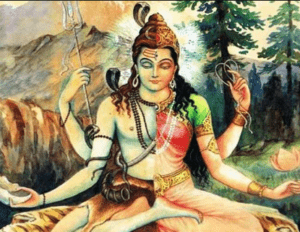
3. Karma is fatalistic
According to the scriptures, the theory behind karma: for every action a person sets in motion, there is a corresponding reaction. The people believe they have to face the consequences of their past actions. Each person creates his or her destiny with deeds. The ultimate goal is to have karma that will free a soul and gain moksha, or liberation from the cycle of rebirth. The karma doesn’t bind one from doing any action.
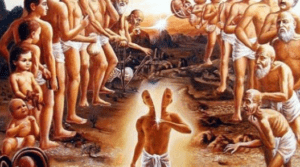
4. The Bhagavad Gita is like the Bible
The sanatan dharma is rich in scripture with a vast collection of ancient religious writings. Hindus believe God revealed truths to wise men who passed them on for thousands of years through a rich oral tradition. The scriptures include the Vedas, the Upanishads, the Puranas and the Bhagavad Gita. Part of the epic tale, Mahabharata, the 700-verse Gita is the world’s longest poem and takes the form of a dialog on a battlefield between a prince, Arjuna, and Krishna. It captures the core beliefs of Hinduism but not all Hindus read the Gita. There is not one central, authorised book in sanatan dharma.
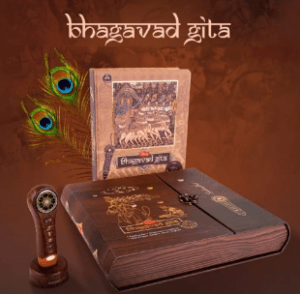
5.Hindu texts are about Spirituality
Writings we now categorise as hindu scriptures include not just books relating to spirituality but also secular pursuits like science, medicine and engineering. The vedas and scriptures have portrayed an outstanding understanding of mathematics. This is another reason why it defies classification as a religion. Further, it cannot be claimed to be essentially a school of metaphysics. Nor can it be described as ‘other worldly’. In fact, one can almost identify Hinduism with civilisation that is flourishing even now.
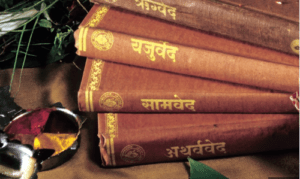
6. Hinduism supports a discriminatory caste system
In actuality, Caste discrimination is rooted not in religion but culture. Caste was an ancient system of occupational class delineated in Hindu texts that over the years developed into a rigid social hierarchy. The lowest castes, or untouchables, were marginalised and faced persecution. But many modern Hindus have argued that caste-based discrimination is not intrinsic to Hinduism and should not be thought of as religiously sanctioned.
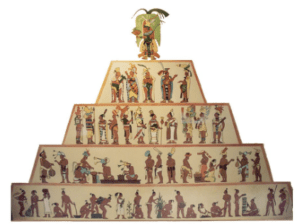
7. Hinduism advocates being anti-materialistic
What Hinduism says is that materialistic pursuits or running behind sensual pleasures is not going to fetch you everlasting happiness. It only says that behind any unbridled searching for enjoyment, there is always a pain lurking behind. Hinduism advises one to practise moderation, to be watchful, and not to get carried away. Hinduism does place liberation – ‘Moksha’ as the ultimate goal of life and for the majority, the path of progress towards the goal (Moksha) includes Dharma (righteousness), Artha (materialism) and Kama (sensual enjoyments).
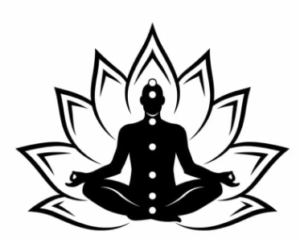
Attachments:
You must be logged in to view attached files.November 1, 2024 at 2:39 pm #2140Up::1Often known as Hinduism in the West, Sanatana Dharma is actually sometimes misinterpreted due to the great philosophical and cultural variations that mold viewpoints on spirituality and religion. The very complicated, varied, and non-dogmatic character of Sanatana Dharma itself helps to explain some of these errors. It covers a wide range of ideas, methods, and philosophical systems instead of a one, cohesive theory.
Western debates, for instance, frequently connect Sanatana Dharma directly with polytheism or idol worship, therefore neglecting the concept that the several gods reflect diverse facets of the same supreme truth, or Brahman. Unlike many Western theological systems that stress a single, unique god, in Sanatana Dharma the divine is sometimes seen as both immanent and transcendent.
Furthermore, although in Sanatana Dharma Hindu activities—like yoga or meditation—are profoundly spiritual practices aimed at self-realization—many Western interpretations of Hindu practices—like yoga or meditation—are commonly considered as purely physical or mental exercises. Hindu classics, like the Bhagavad Gita, are also occasionally seen by the West as mythical or historical materials rather than rich sources of intellectual insight with layers of metaphor and ethical precepts.
Sanatana Dharma’s lack of a centralized religious power lets one have great personal freedom in spiritual inquiry. Western religious perspectives, which are frequently more organized and hierarchical, may find this adaptability foreign. Moreover, popular culture sometimes presents ideas like karma and reincarnation in a distorted or simplistic manner, therefore distorting our knowledge of their great relevance on ethics and spirituality.
Studying real sources and open mind cross-cultural communication will assist to narrow these comprehension gaps. Appreciating the nuances and honoring the variety within Sanatana Dharma would help us to promote more understanding and clear doubts.
August 1, 2025 at 1:10 pm #3040Up::0Sanātana Dharma is often reduced in Western discourse to Hinduism and simplistic polytheism, yet it’s a rich, inclusive philosophy beyond dogma—embracing eternal truths and self-inquiry. Appreciating its subtle complexity helps bridge cultural gaps and build genuine understanding.
-
AuthorPosts
- You must be logged in to reply to this topic.